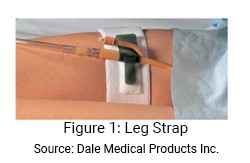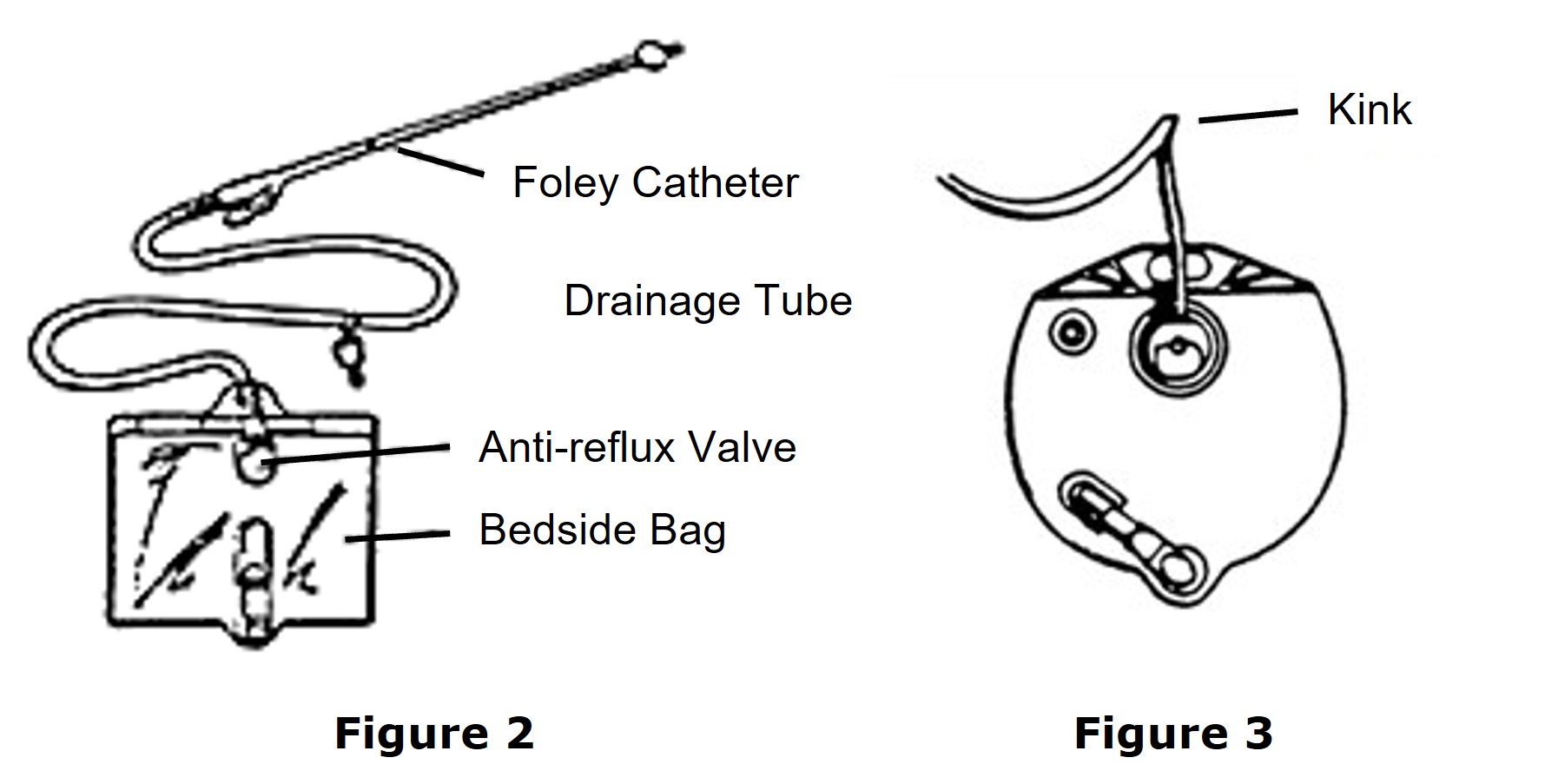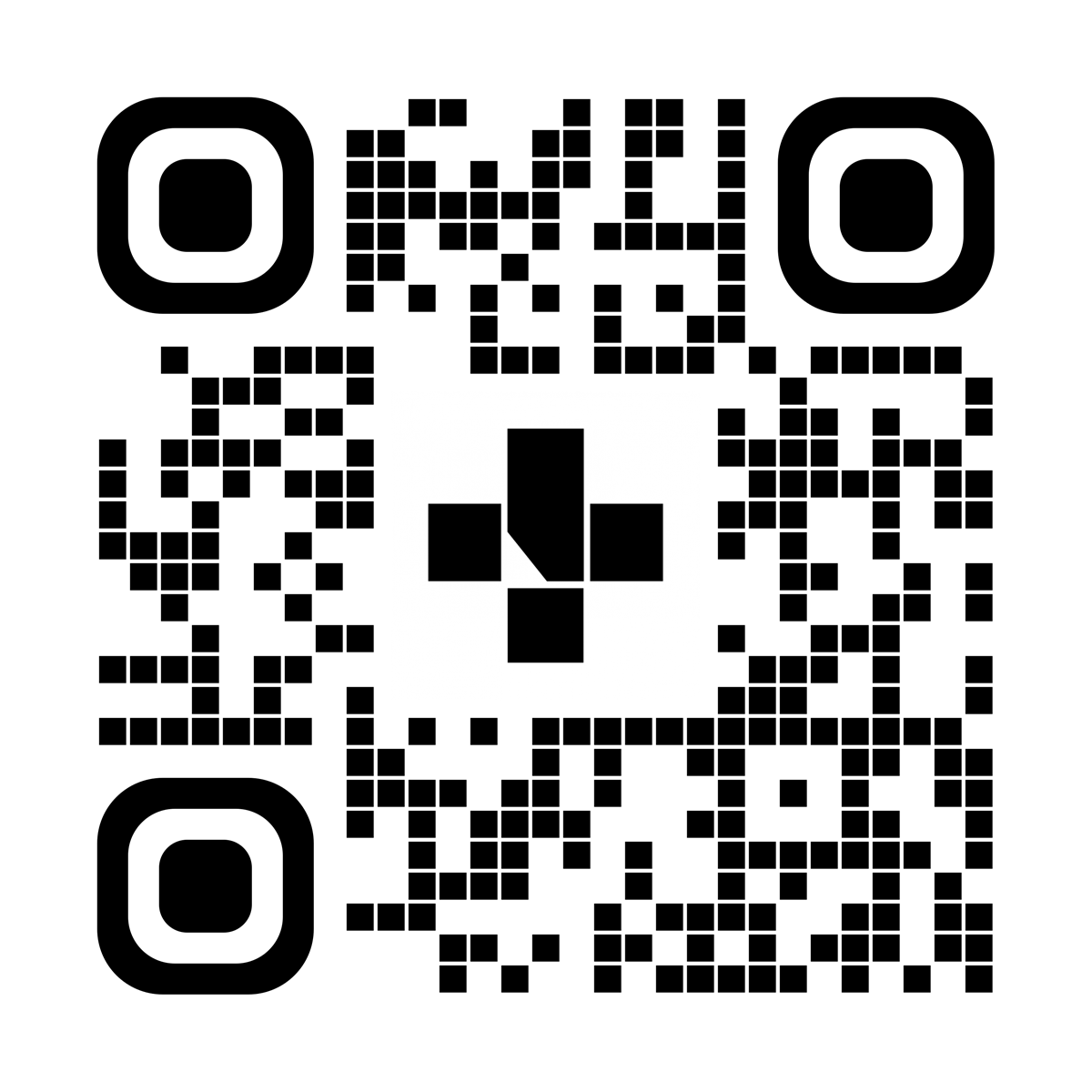Indwelling Catheter
Care instructions
An indwelling catheter is a flexible tube that’s put into your bladder to drain urine (pee). It’s held in place by a small, water-filled balloon inside your bladder. The catheter (often called a Foley) is connected to drainage bag tubing. Urine from the catheter drains through the tube into the drainage bag.
What types of drainage bags are there?
There are 2 types of drainage bags:
- a smaller bag (also called a day bag or leg bag) that straps around your thigh and is worn under your clothes during the day
- a larger bag (also called a night bag) that attaches to your bed or wheelchair
If you use a smaller bag during the day, you’ll need to connect the catheter or the smaller drainage bag to a larger drainage bag at night.
How do I care for and clean my catheter?
Always wash your hands with soap and water or an alcohol-based sanitizer before and after caring for your catheter. Use soap and water if your hands look dirty, not an alcohol-based sanitizer.
If you need help, it’s important that you ask someone who knows how to do catheter care.
Before you clean your catheter:
- Attach the catheter to your body to prevent tugging or pulling it out. Be careful not to pull on the catheter. Visit a health supply store to find devices to hold the catheter in place.
- Female: Attach the catheter loosely to your upper thigh with a catheter holder, using a leg strap or tape (see Figure 1).
- Male: Attach the catheter to your upper thigh or tummy.

- Make sure the catheter is connected to a drainage bag and tubing (see Figure 2).
- Check the tubing for kinks, bends, or twisted areas (see Figure 3). Straighten out the tubing if it is kinked, bent or twisted.

- Always keep the drainage bag below the level of your bladder so the urine drains out of the bladder and into the drainage bag.
- Don’t put the drainage bag on the floor.
To clean your catheter:
- Gently wash the catheter (where it leaves your body) and your genital area with soap and water. It’s best to do this in the shower, if you can. Rinse the catheter and genital area well with clean water and gently dry with a clean towel. Wash your catheter and genital area every day.
- Don’t put powder or lotion on the catheter or the area where it goes into your body.
When do I empty the drainage bag?
Don’t let your drainage bag get too full. Empty the drainage bag when it is half to two-thirds full, and at least every 4 to 8 hours. You should also empty the bag if you switch from one type of drainage bag to another.
You may need to empty the smaller drainage bag more often, if you use one during the day.
How do I empty the drainage bag?
Always wash your hands with soap and water or an alcohol-based sanitizer before and after you empty the drainage bag.
If you need to measure and record the amount of urine in the bag:
- Take off the stopper or clamp and drain the urine into a clean measuring cup with measure markings.
- Write down the amount of urine measured, the colour and smell of the urine (should be clear yellow with a mild smell), and the date and time.
For example:
Date | Time | Amount Drained | Colour, Smell |
July 17 | 8 a.m. | 210 mL | Pale, clear, yellow, mild smell |
- Pour the urine from the measuring cup into the toilet.
- Wash the measuring cup.
If you don’t need to measure your urine, drain it into the toilet after you take off the stopper or clamp.
When emptying the drainage bag:
- Don’t touch the drainage spout with your fingers. Make sure the drainage spout doesn't touch the toilet, measuring cup, or floor.
- After you empty the bag, wipe the drainage spout and cap with a 70% alcohol swab and put the stopper or clamp on.
When do I change the drainage bag?
Change to a new drainage bag:
- when it’s time to change the catheter
- if the bag has a smell, changes colour, or can’t be cleaned
- if the bag leaks or has a hole or tear
- if the anti-reflux valve (see Figure 2) lets water or urine back up in the tubing (you can check that the valve is working by turning the bag upside down and making sure that urine doesn’t flow back into the tubing)
If you are switching from a smaller bag (leg bag) to a larger bag (night bag) every day, then you should change each to a new bag every 7 days.
Keep the cap on the end of the tubing of your drainage bags between changes.
If you have home care or other type of nursing care in your home, ask your case manager if you need to store any catheter supplies at home in case your catheter needs to be changed.
How do I change my drainage bag?
Always wash your hands with soap and water or use an alcohol-based sanitizer before you change your drainage bag.
To change your drainage bag:
- Empty the drainage bag (see the instructions above).
- Wipe the connection between the catheter and the drainage tube with a 70% alcohol swab.
- Pinch or squeeze the catheter tubing closed with a clamp.
- Remove the drainage bag tubing from the catheter. Do not touch the open ends of the tubing or catheter when you disconnect them.
- Take the cap off of the clean or new drainage bag tubing. Save the cap (you will use it in step 8).
- Attach the clean drainage bag tubing to the catheter. Keep the tubing straight so it drains downwards.
- Unclamp the catheter.
- Once you’ve cleaned the connecting end of the drainage bag tubing you just removed, put the cap from the new drainage bag on the clean, disconnected end of the tubing.
Only remove the drainage bag from the catheter when you need to. Instead of removing a smaller bag from your catheter, you can attach a larger drainage bag to the drainage spout of the smaller bag so there’s more space for urine to drain during the night. Visit a health supply store for advice on how to connect your catheter and drainage supplies.
How do I clean the drainage bags?
If you are switching between a smaller bag (leg bag) and a larger bag (night bag) every day, you will need to clean the bag you just removed so that it is ready to use again.
Clean and disinfect the sink and counter or other area where you will clean your bag. Always wash your hands with soap and water or an alcohol-based sanitizer before you clean your bag.
Get the following supplies before you begin cleaning your bag:
- a few drops of clear liquid soap (regular dish soap is fine) in 1 cup (250 mL) of water
- a clean measuring cup
- 1:1 water and vinegar solution – mix together 1 part white vinegar and 1 part water (for example, 1 cup (250 mL) of vinegar and 1 cup (250 mL) of water).
- a clean, 60 mL slip-tip syringe or a squeeze bottle
- a clean towel or paper towels
- clean gloves (if you want to use them)
- 70% alcohol or chlorhexidine swabs
To clean the bag
After changing your drainage bag:
- Put on gloves (if you want to wear them).
- Put the soapy water in a squeeze bottle or syringe.
- Squeeze the soapy water into the drainage bag.
- Gently shake the soapy water around in the drainage bag to loosen anything that might be stuck inside. Rub and shake the sides of the bag. Make sure the whole bag is clean, including the drainage spout and tubing.
- Pour the soapy water out through the drainage spout and tubing.
- Flush the drainage bag with tap water, until the water runs clear. Make sure there is no soap left in the bag, spout, and tubing.
- Rinse the soapy water from the squeeze bottle.
- Put the vinegar and water solution in a syringe or squeeze bottle and squeeze it into the drainage bag to rinse it out. Shake the bag and let the vinegar and water solution sit for 15 minutes before draining it out.
- Rinse the bag with cool tap water.
- Let the drainage bag, spout, and tubing air dry on a clean, dry surface. Make sure the spout, connector, and tubing don’t touch anything.
- Wipe all ends with 70% alcohol or chlorhexidine swabs before you reconnect them.
- Empty the squeeze bottle or syringe and wash them with hot, soapy water. Rinse them and let them air dry. Wash the squeeze bottle or syringe after every use. Throw out the syringe or squeeze bottle if it looks damaged or broken, changes colour, or starts to feel different (like feeling harder or softer than before).
- Take off your gloves (if you wore them) and wash your hands.
If the leg strap for your smaller bag gets dirty, wash it with soap and water and let it air dry.
What should I do if the drainage bag isn’t collecting any or much urine?
If there isn’t any or much urine in the drainage bag:
- Check the tubing to see if it’s twisted, bent, or plugged.
- Check the catheter where it goes into your body to see if it’s kinked or twisted.
- Make sure you aren’t lying on the tubing and that the bag is lower than your bladder.
- Change positions.
If you still don’t see any urine collecting in the drainage bag, call your healthcare provider.
Drinking enough fluids can help prevent the catheter from getting plugged. If you’re drinking enough fluids, your urine should be pale yellow.
Drink enough fluids to also prevent constipation (when you have hard stool and trouble passing it). Constipation can cause the catheter to leak or not drain properly.
When should I call for help?
Call your healthcare provider if you have any of the following:
- a temperature of 38 °C or higher
- chills
- pain in your back, stomach, or sides
- you feel sick to your stomach or you’re throwing up
- the area where the catheter goes into your body is sore, red, or swollen, or you see blood
- your urine changes colour (to red or brown), is cloudy, thick, or smells bad
- unusual itching, swelling, or new pain in your bladder or urethra that doesn’t go away
- the catheter comes out or leaks urine
- your bladder feels full
- you think your catheter is blocked or plugged (if you’re drinking enough fluid but don’t see any or much urine in the drainage bag)
If you notice anything unusual with your catheter, make a note and let your healthcare provider know.
If you have questions about intimacy and sex, talk to your healthcare team. Your doctor and healthcare team are there to support you.
To see this information online and learn more, visit MyHealth.Alberta.ca/health/pages/conditions.aspx?Hwid=custom.ab_indwellingcatheter_inst.

For 24/7 nurse advice and general health information call Health Link at 811.
Current as of: November 21, 2023
Author: Home Care, Alberta Health Services
This material is not a substitute for the advice of a qualified health professional. This material is intended for general information only and is provided on an "as is", "where is" basis. Although reasonable efforts were made to confirm the accuracy of the information, Alberta Health Services does not make any representation or warranty, express, implied or statutory, as to the accuracy, reliability, completeness, applicability or fitness for a particular purpose of such information. Alberta Health Services expressly disclaims all liability for the use of these materials, and for any claims, actions, demands or suits arising from such use.
